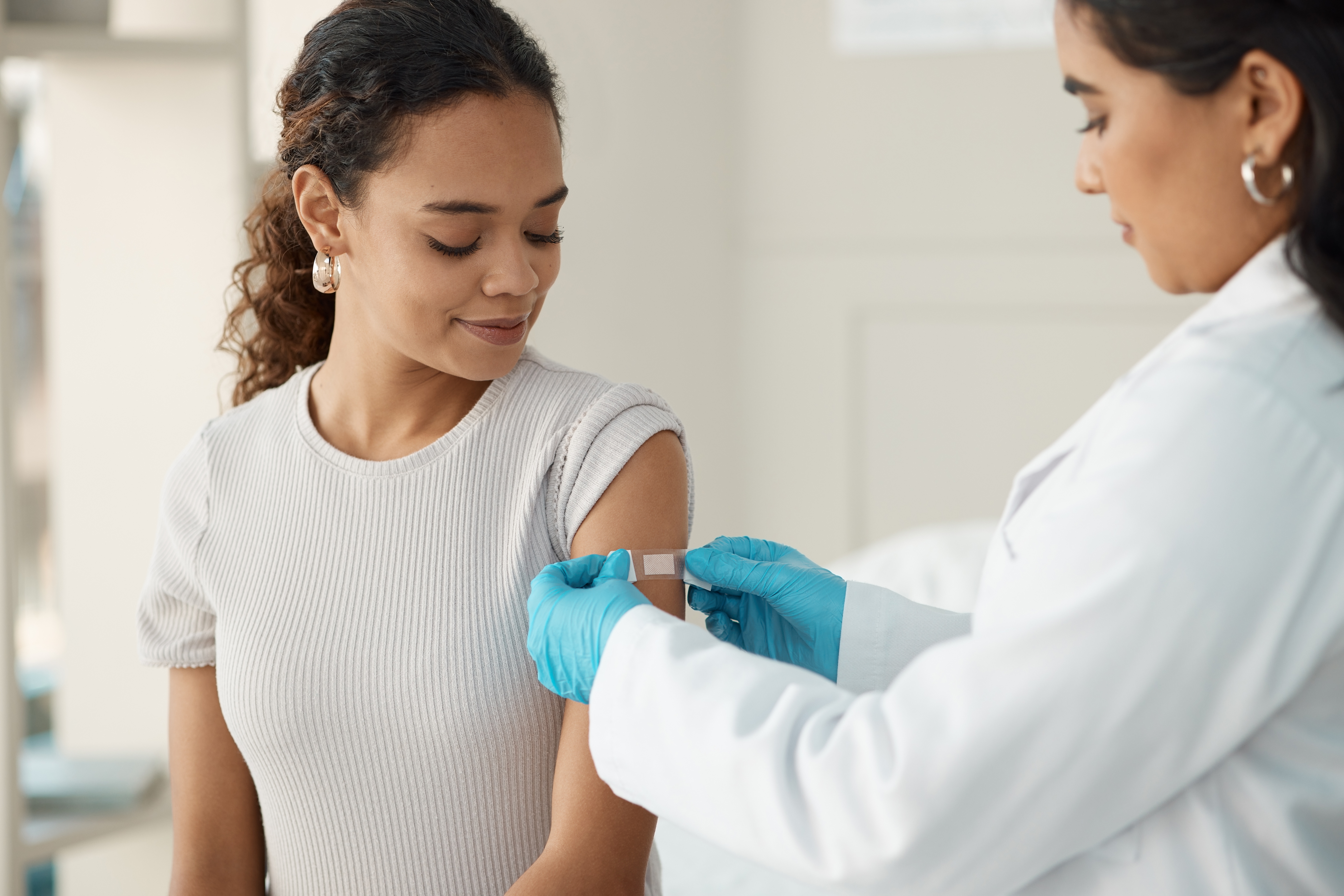
Blue skies for Skyhawk: Positive news from Phase 1 trial for SKY-0515
There’s more good news in the forecast in the Huntington’s disease therapeutic space as we receive positive results from Skyhawk Therapeutics about their small molecule SKY-0515 that lowers huntingtin and targets somatic expansion.

The stormy trial updates that hung over the Huntington’s disease (HD) field in 2021 have certainly parted, making way for the bright and clear forecast we’ve had so far in 2024! Close on the heels of recent positive trial news from Sage Therapeutics, PTC Therapeutics, Wave Life Sciences, and uniQure, we’ve received more encouraging results from another company, Skyhawk Therapeutics, about their drug SKY-0515. Since there are a lot of trials going on right now in the HD space testing various drugs, let’s break down how SKY-0515 works, what we’ve learned so far from this Phase 1 trial, and how it differs from other drugs being tested.
How does SKY-0515 work?
SKY-0515 is designed to lower huntingtin (HTT), the molecule that ultimately causes HD. While we all have the HTT gene, folks who go on to develop HD have an extra stretch of genetic message within their HTT gene. The good news is that since we know the exact genetic cause of the disease is within the HTT gene, it gives us a very reasonable target to go after. That’s why Skyhawk, along with many other companies, have focused on developing drugs that lower HTT.

It turns out that the extra stretch of genetic message that causes HD within the HTT gene can get bigger in some cells as people with HD age, like brain cells. This can cause biological functions to go awry, leading to toxicity in some cells, and eventually cell death. This perpetual increase of that extra bit of genetic code within the HTT gene is called somatic expansion, something frequent readers of HDBuzz have no doubt heard about.
Some people think if we can control somatic expansion, we could slow, or maybe even stop, the progression of HD. Interestingly, SKY-0515 also targets another molecule – PMS1 – which helps to control somatic expansion. So not only can SKY-0515 lower HTT, but it can also help prevent somatic expansion. Because of this, Skyhawk is hoping this drug will have a double impact against HD.
Phase 1 trial update
On July 10, 2024 we received a short update from Skyhawk Therapeutics about their ongoing Phase 1 trial testing SKY-0515. Ultimately, they hope that this drug will be able to modify the disease course of HD, but first they need to know if the drug is safe to take and if it can do what it’s supposed to do. Phase 1 trials are the first time new drugs are given to humans, so the primary goal is always safety.
“So not only can SKY-0515 lower HTT, but it can also help prevent somatic expansion. Because of this, Skyhawk is hoping this drug will have a double impact against HD.”
This is a small trial being run in Australia with multiple parts. In the first part, SKY-0515 is being given to healthy people without the gene for HD. So far, SKY-0515 appears to be safe and well tolerated at all the doses that were tested in healthy volunteers.
Trial participants have received the drug at increasing doses so that Skyhawk can work out which dose would be best to carry forward in a larger trial. They’ve also found a dose-dependent lowering of HTT, meaning the more drug that they give, the more they’re able to lower HTT. This indicates that SKY-0515 is engaging the target and doing what they hoped it would do.
How is SKY-0515 different?
With HTT being the cause of HD, logically, lots of companies have designed drugs to target HTT and lower it. But not all HTT lowering drugs are the same and many require different delivery methods. Excitingly, SKY-0515 is a small molecule, which means it can be taken orally. This is obviously a much less invasive way to take a drug compared to those that would require a spinal injection or brain surgery.

SKY-0515 not only targets HTT, but also somatic expansion. While there are suggestions that other HTT-lowering drugs could also have this effect, that wasn’t specifically stated in the design of trials testing those drugs. We also don’t yet have data for the somatic expansion piece in people yet. Hopefully that will come with Skyhawk’s next data release.
An important aspect of drug design is potency – the ability of a drug to have an effect at a specific concentration. The more potent a drug is, the less of it needs to be taken to get the same effect. And, very often, taking less of a drug can mean there are fewer potential negative side effects. SKY-0515 appears to be very potent. At just 9mg (the high dose tested in this Phase 1 trial), the drug is able to lower HTT by ~70%! While we can’t say for sure that SKY-0515’s potency means that there will be fewer side effects, this is something we’ll be looking for in future updates.
Astute readers may notice that 70% lowering is a fair bit higher than the current target in other HTT lowering trials of around 50%. Currently, most companies have targeted the 30-50% range for HTT lowering drugs. If Skyhawk finds safety issues at the higher doses, they may chose to scale dose back and lower HTT less.
What’s next?
“On the horizon are larger trials that will bring much more clarity over the next few years, hopefully making a clear path for getting a disease-modifying drug to market.”
Now Skyhawk will begin the next part of their Phase 1 trial – testing SKY-0515 in people that have the gene for HD. A low and a high dose will be tested in people with early-stage HD, corresponding to people with stages 1, 2, and early 3 on the HD-ISS scale. These are people with early HD, prior to overt clinical onset in some cases. Recruitment for this part of the trial is underway and dosing is set to begin as early as this month.
If all goes well, Skyhawk plans to initiate a Phase 2 trial in early 2025. While the current Phase 1 is being conducted in Australia, we don’t yet have details about where the potential Phase 2 trial would take place.
While we’ve had a windfall of good news lately for HD clinical trials, it’s not all sunshine and rainbows just yet. We are hopefully optimistic about all this recent good news, but we have to temper that excitement with the knowledge that these are early trials with very few people. On the horizon are larger trials that will bring much more clarity over the next few years, hopefully making a clear path for getting a disease-modifying drug to market.
Learn more
Sources & References
For more information about our disclosure policy see our FAQ…


